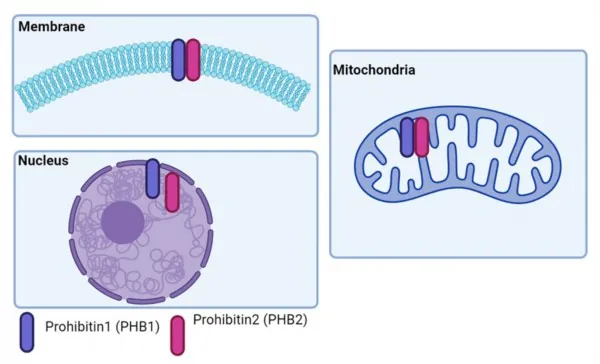
Urgent Call to Action: Eliminate Cervical Cancer in the Americas Now!
2024-09-24
Urgent Call to Action: Eliminate Cervical Cancer in the Americas Now!
In an impassioned plea made on September 24, 2024, Dr. Jarbas Barbosa, the Director of the Pan American Health Organization (PAHO), urged immediate action from partners and donors to tackle the staggering rates of cervical cancer in the Americas. Each year, approximately 80,000 women in the region are diagnosed, underscoring the pressing need for widespread access to HPV vaccines, early detection through HPV testing, and effective treatment options.
Dr. Barbosa addressed a pivotal panel discussion titled “A Global First: A Blueprint for Eliminating Cervical Cancer in the Americas” at the prestigious Concordia Annual Summit held in New York City. He emphasized, “Unlike many cancers, we know the primary cause of cervical cancer: persistent infection with human papillomavirus (HPV). This is a disease we can prevent, treat, and ultimately eradicate.”
Despite having the tools available to combat this disease, cervical cancer continues to take a toll on women's health; Dr. Barbosa noted, “Women are suffering and dying from a disease that we have the capacity to eliminate as a public health issue.” He reaffirmed PAHO's commitment to partner with the Americas in a groundbreaking effort to eradicate cervical cancer entirely, aiming to become the first region in the world to do so.
The panel featured prominent speakers, including Monica Garcia Gomez, Spain's Minister of Health, Violaine Mitchell from the Bill & Melinda Gates Foundation, and Dr. Katherine Bliss of the Center for Strategic and International Studies (CSIS). They discussed the strides being taken toward eliminating cervical cancer and strategized ways to enhance the availability of vaccines, screening tools, and treatment across the Americas.
Cervical cancer has a disproportionate impact on women in low- and middle-income countries, with Latin America and the Caribbean recording the second-highest incidence and mortality rates worldwide, following Africa. In a critical move to combat this epidemic, the World Health Organization's (WHO) member states in 2020 adopted a strategic plan to accelerate the elimination of cervical cancer. This plan sets ambitious targets for 2030: 90% HPV vaccination coverage among girls by age 15, 70% screening coverage, and successful treatment for 90% of precancerous lesions and invasive cancer cases.
Dr. Barbosa stressed the essential collaboration between governments, private entities, and philanthropic organizations to realize the goal of eliminating cervical cancer. “With the commitment and tools in hand, we can end this disease,” he declared. Currently, out of the 51 countries and territories in the Americas, 48 have rolled out the HPV vaccine; however, coverage remains inconsistent, with some areas reporting vaccination rates below 10% and others exceeding 80%.
Additionally, while modern HPV testing offers a more precise and cost-effective approach compared to traditional cervical cytology methods, fewer than ten countries have implemented these advanced testing techniques. This discrepancy highlights the urgent need for unified efforts. As Dr. Barbosa pointed out, “Everyone has a role to play in expanding access to life-saving HPV vaccines, screenings, and treatments for women and girls.”
PAHO continues to support nations in the Americas in their fight against cervical cancer through the development of robust national elimination plans that incorporate HPV vaccination, effective testing, and the treatment of precancerous lesions at primary healthcare levels. The organization also offers countries essential technical assistance to improve systems that monitor and assess progress toward eliminating cervical cancer. Moreover, through its pooled procurement mechanism, the PAHO Revolving Fund, member states benefit from access to high-quality HPV vaccines, HPV tests, and affordable treatment options.
The path to eliminating cervical cancer in the Americas is fraught with challenges, but with concerted and collaborative efforts, this vision can become a reality. Now is the time for action — let’s make history by ensuring a healthier future for women across the region.

 Brasil (PT)
Brasil (PT)
 Canada (EN)
Canada (EN)
 Chile (ES)
Chile (ES)
 España (ES)
España (ES)
 France (FR)
France (FR)
 Hong Kong (EN)
Hong Kong (EN)
 Italia (IT)
Italia (IT)
 日本 (JA)
日本 (JA)
 Magyarország (HU)
Magyarország (HU)
 Norge (NO)
Norge (NO)
 Polska (PL)
Polska (PL)
 Schweiz (DE)
Schweiz (DE)
 Singapore (EN)
Singapore (EN)
 Sverige (SV)
Sverige (SV)
 Suomi (FI)
Suomi (FI)
 Türkiye (TR)
Türkiye (TR)